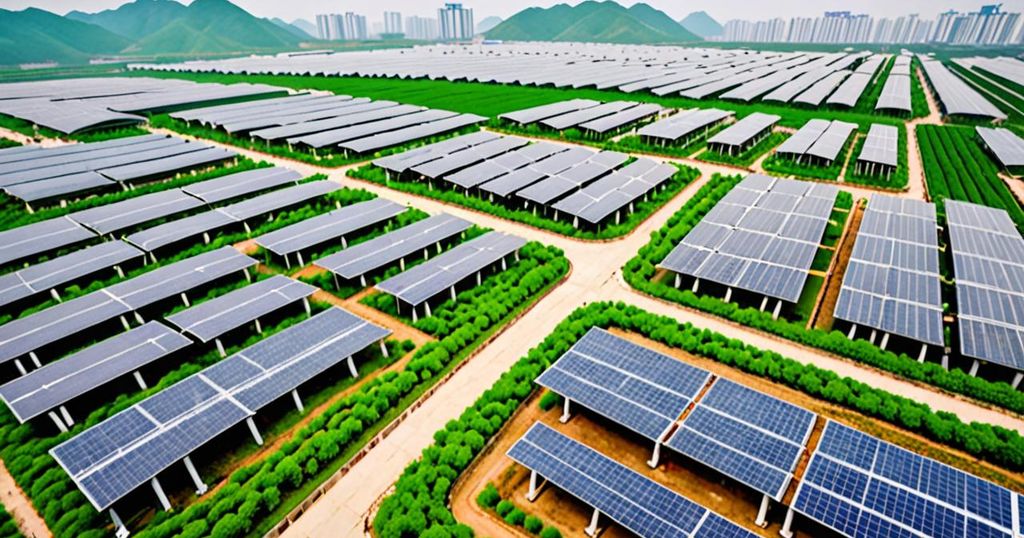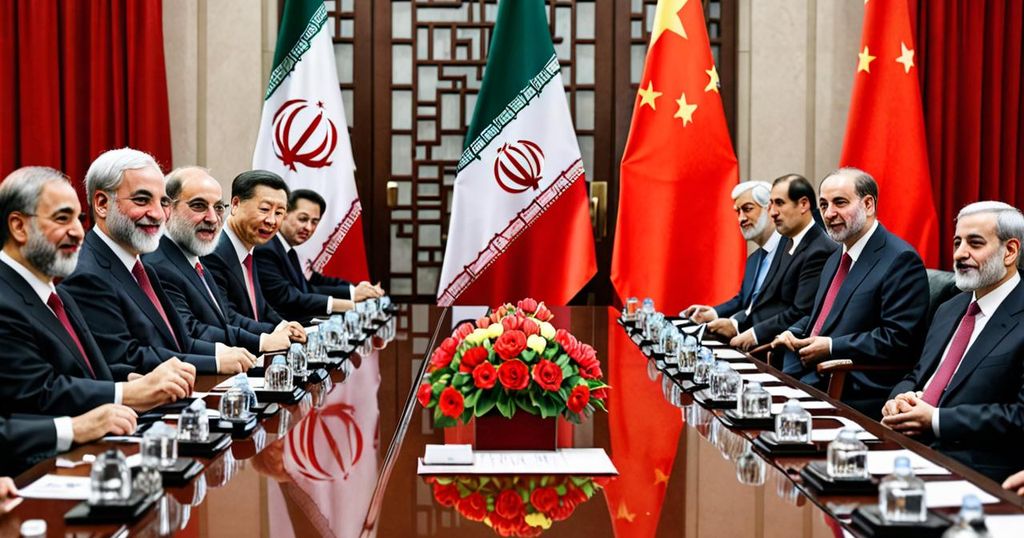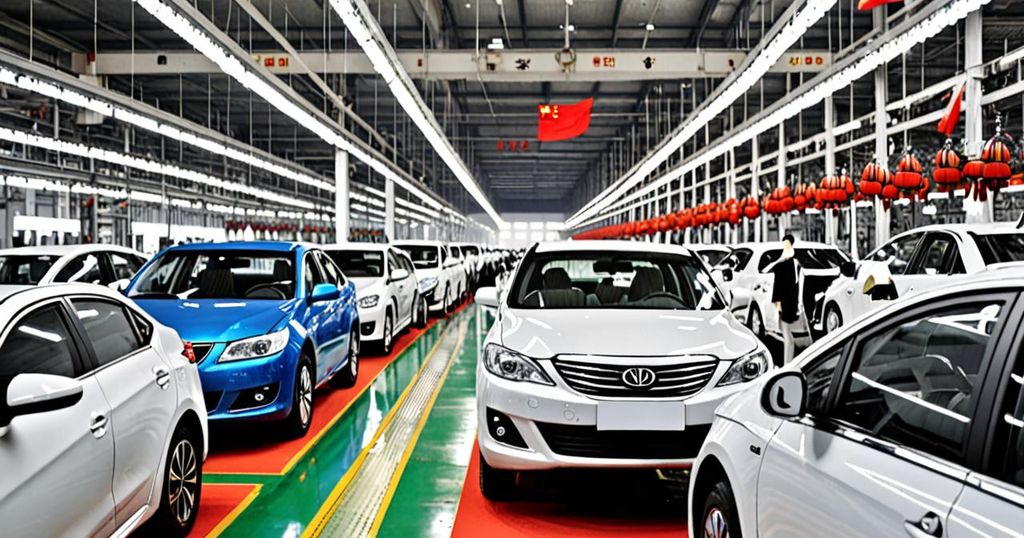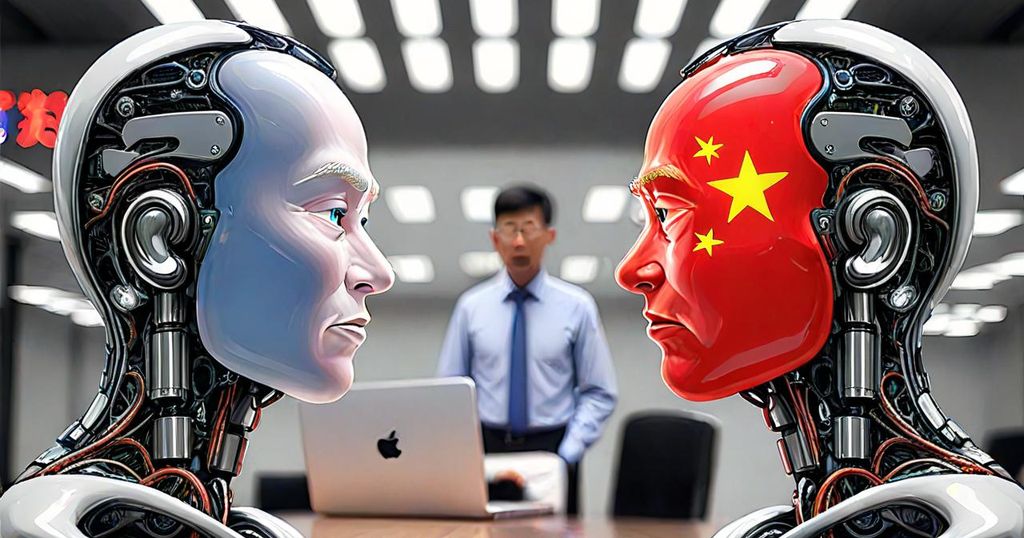China has made notable advancements in the renewable energy industry, particularly in the field of solar cell production, with the Tongwei Group at the forefront. The company, previously focused on fish food and livestock feed, now has the ambitious goal of producing 130 gigawatts’ worth of cells annually, exceeding the total solar capacity installed in the United States.
While China’s leadership in green technology is seen as beneficial for the environment, concerns have been expressed by officials in the United States and Europe. They fear that a flood of inexpensive Chinese products could hinder their efforts to develop their own renewable energy industries, particularly if Chinese companies have an unfair competitive edge.
President Xi Jinping’s emphasis on supporting green industries has led to a surge in clean tech investments and exports in China. This has not only strengthened the economy but has also made renewable energy the biggest contributor to China’s economic growth.
This rapid progress has been partly attributed to government support, such as subsidies and tax breaks, which have allowed Chinese conglomerates to dominate the sustainable energy sectors. Consequently, China has begun to saturate the domestic market, prompting its manufacturers to seek international buyers. This has elicited concerns that American and European competitors could be pushed out of the global market.
As tensions rise, Western governments have initiated probes into unfair trade practices by China, such as subsidies and dumping. Treasury Secretary Janet L. Yellen is expected to address these concerns during her forthcoming visit to Beijing. Moreover, the European Commission has cautioned that it may increase tariffs on Chinese electric-vehicle exports due to alleged subsidies.
While China’s solar industry has clearly outperformed that of Europe and the United States, critics argue that the influx of Chinese products could lead to a “race to the bottom” in clean tech as a result of unfair competition. As trade tensions escalate, Beijing has accused Western governments of attempting to stifle its most advanced companies in a bid to contain China.
Amid these concerns, industry experts have highlighted that breaking China’s near monopoly on parts of the renewable energy supply chain would be no easy task. Western nations would need to invest significantly in creating viable alternatives to Chinese clean tech products. However, Chinese companies already hold a significant advantage in terms of well-integrated supply chains and international market presence.
While China’s ability to scale up and reduce costs poses a challenge to its rivals, concerns about potential overgrowth in the sector have also emerged. Despite these challenges, China is expected to continue to strive to maintain its dominance in renewable energy production by lowering costs and expanding manufacturing capacity within the country.
It is evident that China’s overwhelming dominance in green technology presents both opportunities and challenges for the global renewable energy market. While it has undoubtedly been propelling the global energy transition, it has also raised valid concerns about unfair competition and trade tensions with other major economic powers. As the debate unfolds, it is important to strike a balance that allows for fair competition and encourages innovation in the renewable energy sector.








